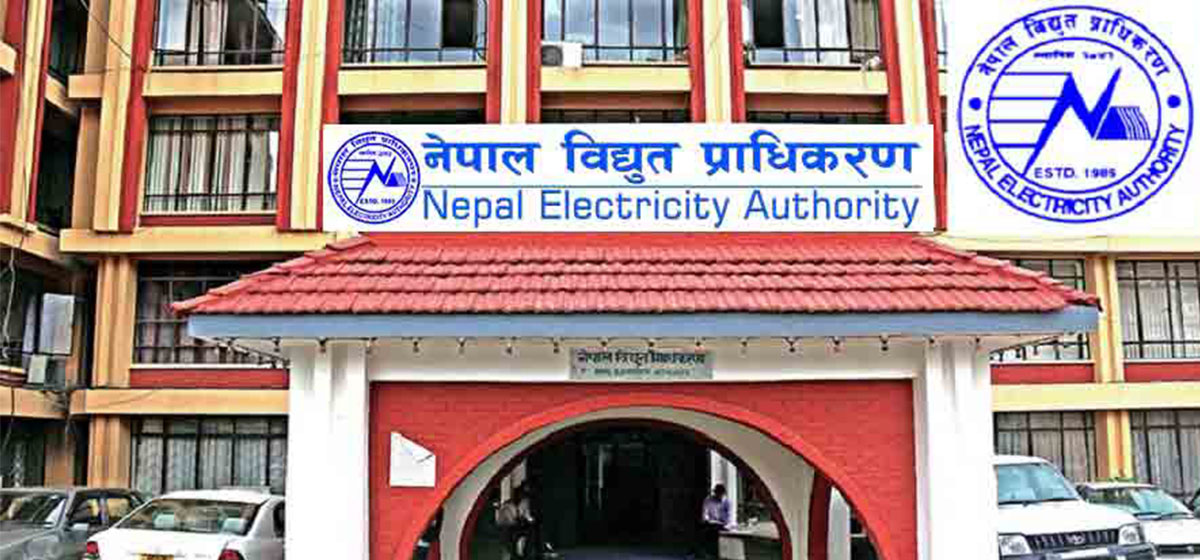Nepal Electricity Authority (NEA) has made significant progress in reducing electricity leakage over the past year. According to NEA's reports, the overall electricity leakage has dropped to 12.59 percent, a decrease of 2.79 percentage points from the previous year. This achievement is a result of the NEA's aggressive campaign to curb technical and non-technical losses in the system. The NEA's efforts to control electricity theft, monitoring of outstanding dues, and replacement of old conductors and transformers have proven to be effective in curbing electricity leakage. The promotion of three-phase meters in industries and upgrading of substations have also equally contributed to this success. The success achieved in reducing power leakage has resulted in an increase in NEA's revenue. The state-owned utility sold 5.2741 billion units out of 5.7322 billion units available in the distribution system. The 45.8 million units that went to waste indicate a significant loss, but there is a positive sign that this number has decreased from the previous year.
The distributional loss, which includes the largest share of the total electricity loss of NEA, decreased to 7.99 percent from 9.65 percent, a decrease of 1.66 percentage points. NEA's Managing Director Kulman Ghising said that the authority has set a target to reduce overall electricity leakage to 14 percent and distributional loss to 8.5 percent by the end of the current fiscal year. If NEA can achieve this target, it will further increase its revenue and help sustain the development of the country. While NEA's success in reducing electricity leakage is commendable, it is also important to note that the state-owned utility still faces challenges in reducing leakage in certain areas, particularly in Madhesh Province. The Malangwa Distribution Center of Sarlahi recorded the highest electricity leakage rate of 40.97 percent, which is a matter of concern and needs urgent intervention.
Electricity leakage has come down to 7.49 percent

The NEA needs to prioritize its efforts to reduce electricity leakage in Madhesh Province to achieve its target of reducing overall electricity leakage to 14 percent. This region is considered a critical economic hub of Nepal, and the development of this region is crucial for the overall economic growth of the country. The NEA also must continue to focus on promoting sustainable development practices. Electricity leakage not only causes financial losses but also has an adverse impact on the environment. When electricity is wasted, more electricity needs to be produced, leading to increased emissions and pollution. NEA's success in reducing electricity leakage is an important milestone towards sustainable development. The achievement shows that NEA is moving in the right direction towards its goal of reducing electricity leakage and promoting sustainable development practices. The government and NEA should continue to work together to achieve these targets and ensure a sustainable future for the country.
Needless to say, the reduction in electricity leakage is critical to the NEA's financial stability, as substantiated by its increased profits in the fiscal year 2021/22. The NEA earned a net profit of Rs 16.09 billion, more than double the amount earned in the previous year. This increase in revenue can be used to fund other sustainable development initiatives that will benefit the country in the long run. NEA’s ability to reduce electricity leakage is equally important to ensure electricity supply efficiently, especially during the dry season. NEA's success in reducing electricity leakage is a positive development towards sustainable development in Nepal. However, there is still room for improvement, especially in regions with higher electricity leakage rates. The NEA needs to collaborate with local governments to effectively check for existing electricity leakage. Moreover, implementing smart meters and underground cabling of electricity lines nationwide, upgrading old transmission lines and substations, and taking stern action against people involved in electricity theft can help minimize the problem. The NEA may also consider conducting regular energy audits to improve energy efficiency.


































